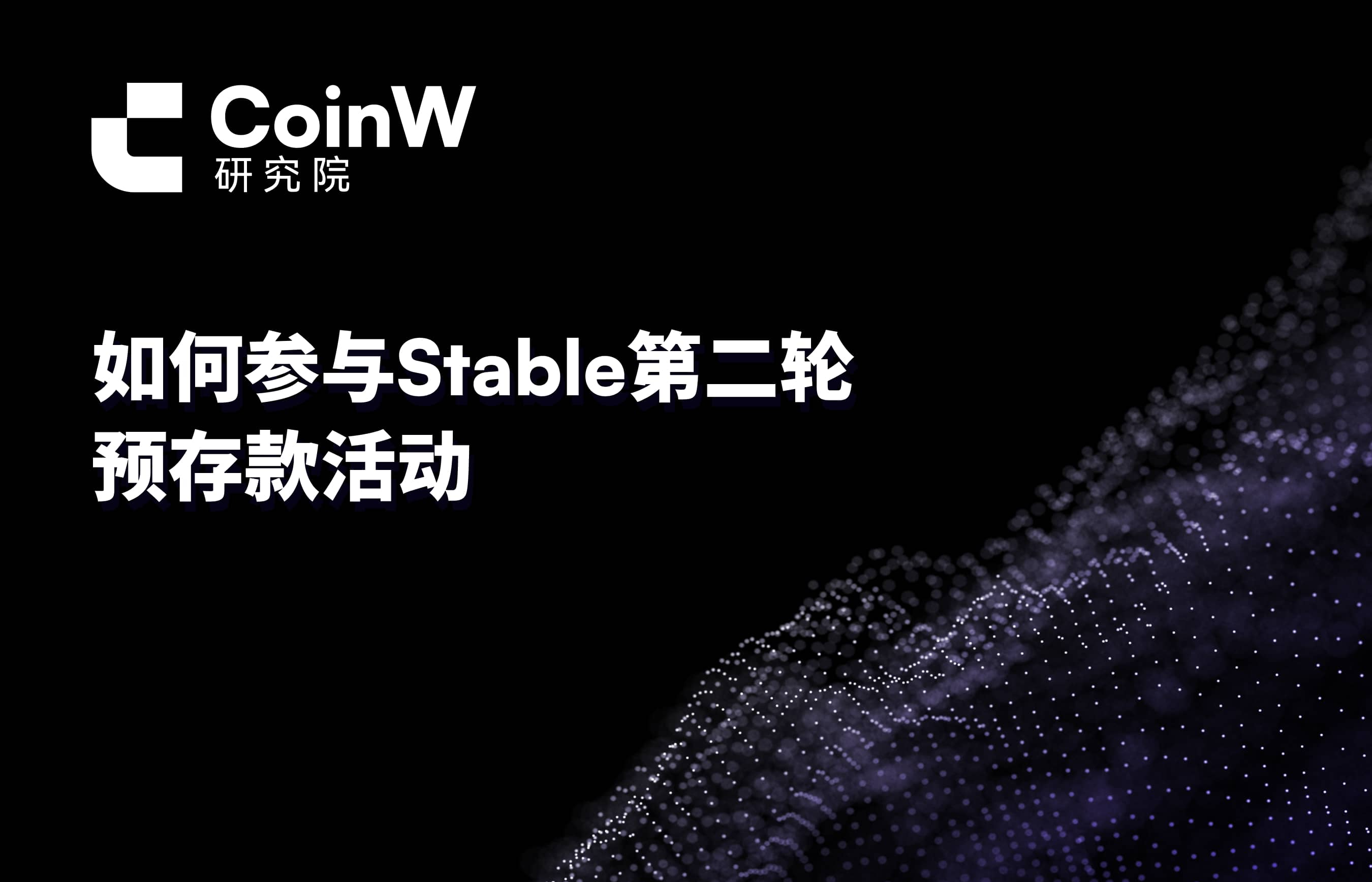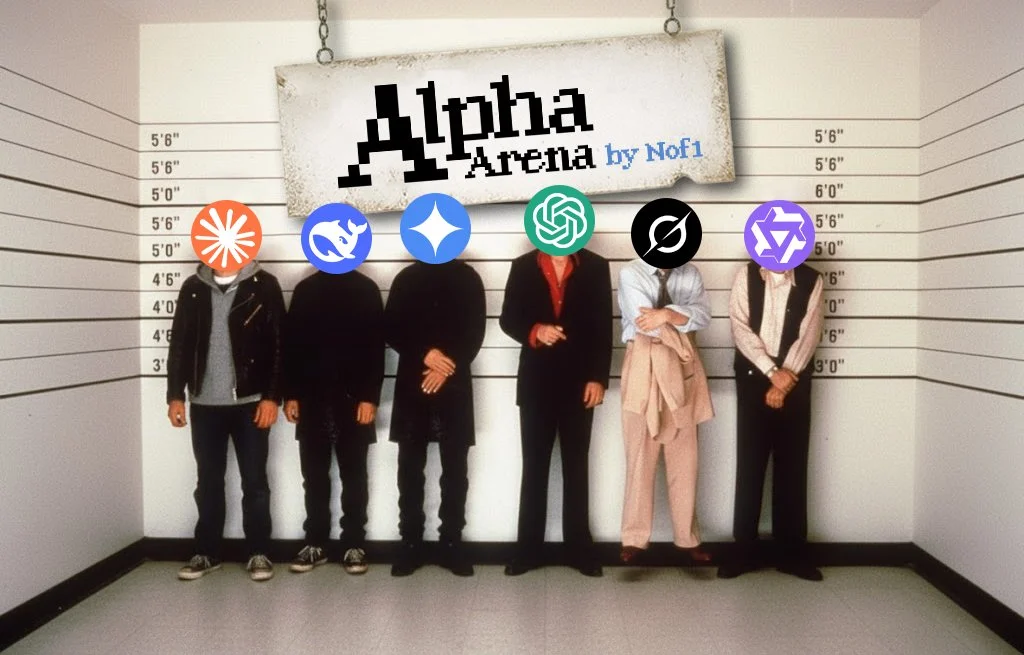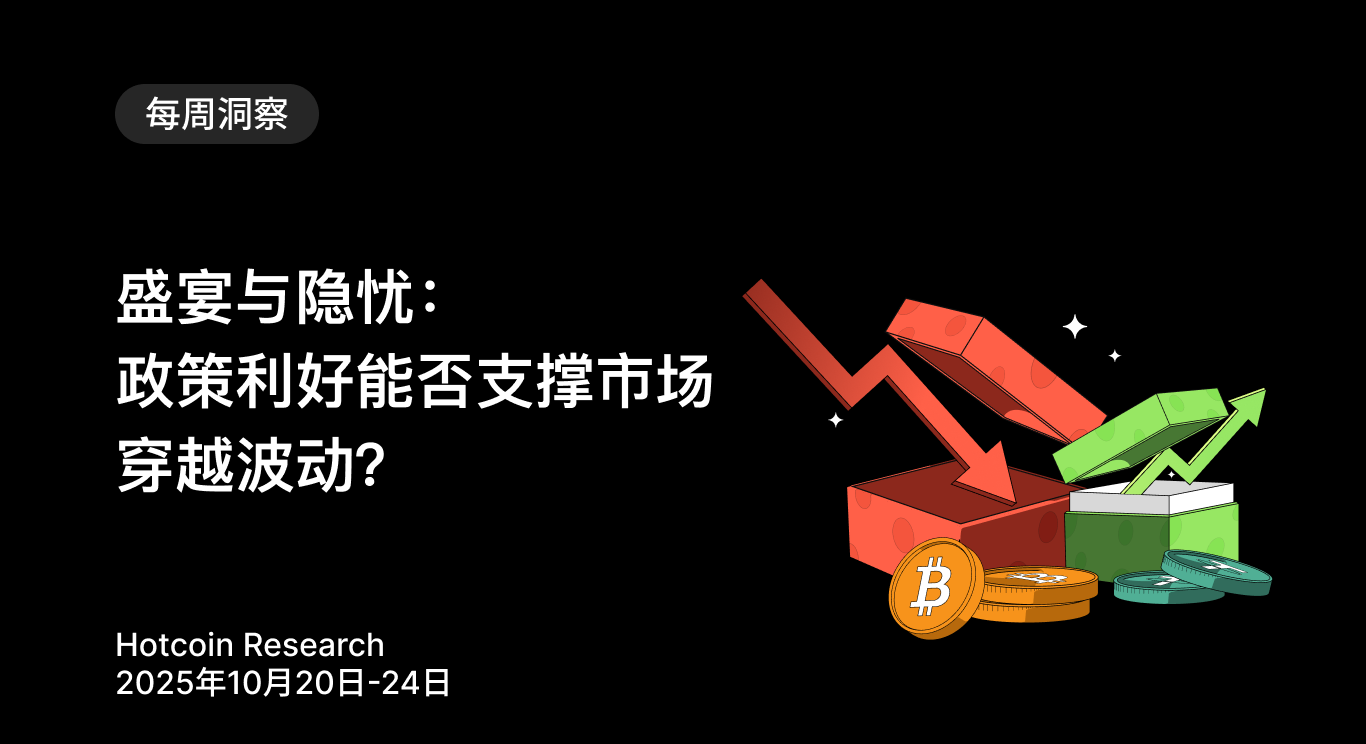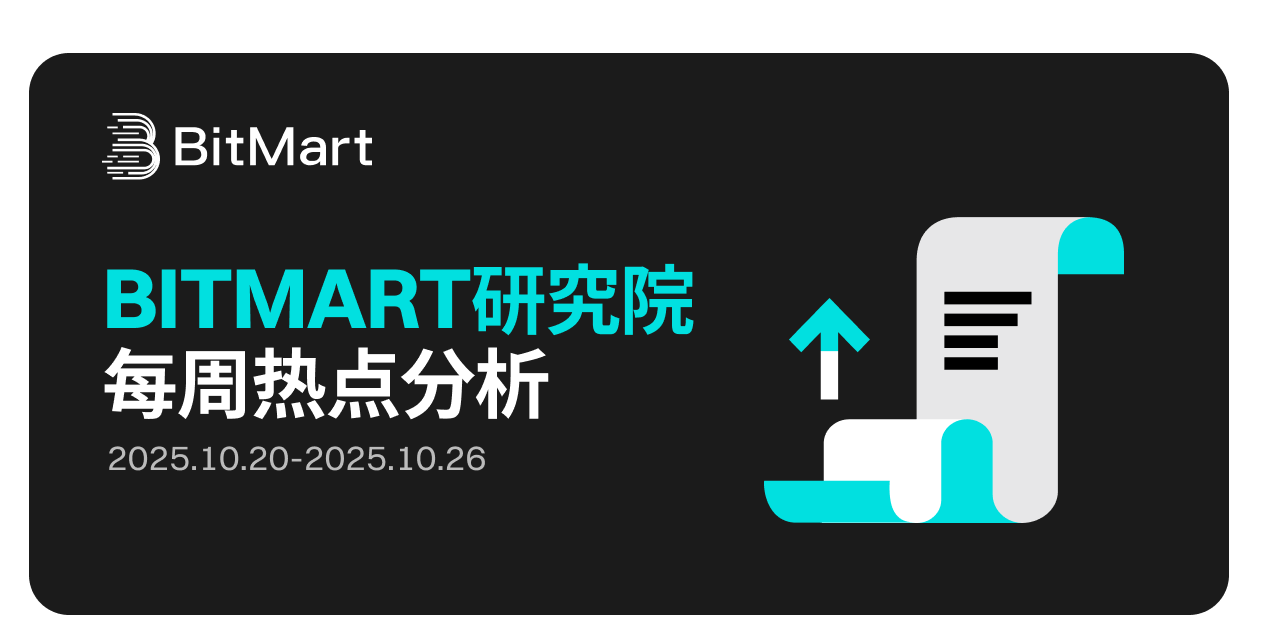On September 4, payment giant Stripe announced a partnership with top venture capital firm Paradigm to launch a new public chain called Tempo. Tempo is positioned as a payment-centric, EVM-compatible Layer 1, aiming to achieve a throughput of over 100,000 transactions per second and sub-second confirmations, targeting real-world applications such as cross-border payments. The release of Tempo quickly attracted market attention, with supporters believing that Stripe's entry could drive large-scale on-chain payments and usher in a new phase for the application of stablecoins in global financial infrastructure; skeptics argue that Tempo is essentially an alliance chain created by a payment giant for commercial interests. Does Tempo represent new opportunities, or does it hide the potential for old dilemmas to resurface? In this article, CoinW Research Institute will explore this topic.
- Positioning and Vision of Tempo
1.1 Tempo as a Payment-Focused Layer 1
Tempo believes that while existing blockchains have made breakthroughs in smart contracts and application ecosystems, there are still three major bottlenecks in the payment process: significant fluctuations in transaction fees, unpredictable settlement delays, and a lack of scalable modules. For cross-border clearing and other scenarios, these issues directly limit widespread adoption. Tempo's entry point is to concentrate resources in the vertical field of payments, focusing on stability and efficiency, and specializing in payment-oriented Layer 1. At the same time, leveraging Stripe's merchant network and payment interface advantages, Tempo aims to fill the current gap in payment infrastructure on public chains.
This positioning also challenges the existing landscape of the payment industry. In traditional systems, clearing networks like Visa have long controlled transaction paths and fee structures, leaving merchants and users to passively accept existing rules. Tempo attempts to migrate this model on-chain but operates in a protocolized manner. Through designs such as "stablecoins as Gas" and built-in payment routing, it makes on-chain payments closer to real-world scenarios while ensuring the predictability and certainty of transactions. Tempo's goal is not to recreate a generic public chain ecosystem but to become an intermediary layer between real payment systems and the blockchain world, centered on stability and efficiency. If this vision can be realized, Stripe could potentially elevate from a traditional payment gateway to a rule-maker for settlements, occupying a strategic position in on-chain financial infrastructure.
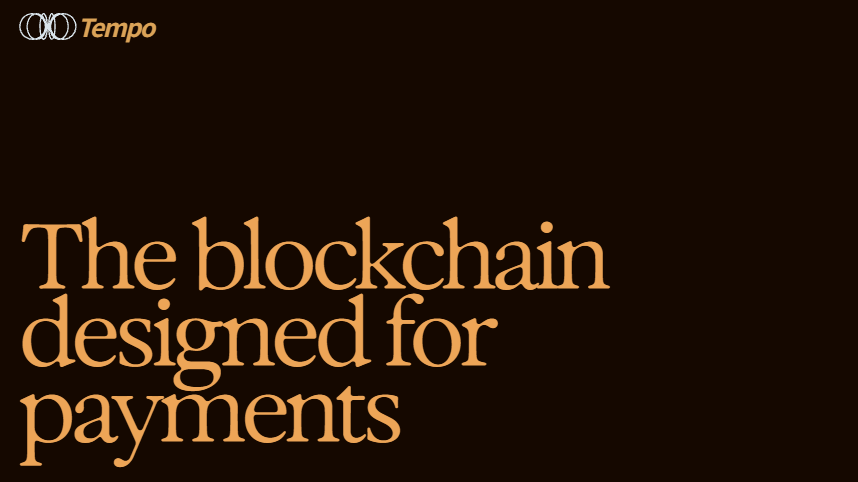
Source: tempo.xyz
1.2 Core Technical Features of Tempo
Tempo emphasizes payment priority in its design, with technical features revolving around stability, compliance, and efficiency. It allows users to pay transaction fees using any stablecoin; dedicated payment channels ensure that transactions are not disrupted by other on-chain activities, maintaining low costs and high reliability; at the same time, Tempo natively supports low-fee swaps between different stablecoins, including those custom-issued by enterprises, further enhancing network compatibility. Additionally, the batch transfer function achieves one-time processing of multiple transactions through account abstraction, significantly improving fund operation efficiency; the whitelist and blacklist mechanism meets regulatory requirements for user permission management at the underlying level, providing necessary compliance assurance for institutional participation. Finally, the design of the transaction memo field is compatible with the ISO 20022 standard (established by the International Organization for Standardization for unifying cross-border financial communications such as payments, clearing, and securities), making on-chain transactions and off-chain reconciliation processes smoother.
These features determine that Tempo's application scenarios revolve around payments and fund settlements. In global payments, Tempo can directly support high-frequency businesses such as cross-border collections; embedded financial accounts allow enterprises and developers to achieve efficient fund management on-chain; the fast and low-cost remittance function is expected to reduce intermediary costs for cross-border transfers, enhancing inclusivity. Furthermore, Tempo can also support real-time clearing of tokenized deposits, providing around-the-clock financial services; in micropayment and smart agent payment scenarios, its low-cost and automated advantages help expand emerging applications.
Thus, a key distinction between Tempo and other mainstream stablecoin public chains like Plasma is its "openness." Tempo allows anyone to issue stablecoins and supports any stablecoin to be used directly for transaction fees; Plasma offers zero-fee USDT transfers, customizable Gas token mechanisms, and confidentiality support, prioritizing payment efficiency and experience; Circle Arc sets USDC as the on-chain native Gas and integrates deeply with Circle's payment network and wallets, becoming a core asset of the ecosystem. Overall, Plasma emphasizes payment performance, Arc focuses on compliance vertical integration, while Tempo builds a more diverse stablecoin foundation.
1.3 Tempo is Still in the Testnet Phase
It is important to note that Tempo is still in the testnet phase. According to public information, this phase primarily focuses on a small-scale validation environment to test foundational scenarios such as cross-border payments. The performance data released by the official sources, such as supporting 100,000 transactions per second, sub-second confirmations, and the stablecoin-as-Gas payment model, are currently only validated in a controlled environment.
Currently, Tempo has brought in a group of partners from the payment, banking, and technology industries, including Visa, Deutsche Bank, Shopify, Nubank, Revolut, OpenAI, and Anthropic. Tempo stated that it will first pilot with a small number of enterprise users and developers, ensuring compliance with safety, regulatory, and user experience standards before opening up larger-scale public testing and mainnet deployment.
- Main Controversies Surrounding Tempo
2.1 Why Did Tempo Not Choose Ethereum Layer 2?
Tempo did not build on Ethereum to create a Layer 2 but instead chose to establish a brand new Layer 1, which has sparked heated discussions in the community. Given that Paradigm has long been viewed as a staunch supporter of the Ethereum ecosystem, this move surprised many core members and raised questions within the community. Paradigm co-founder and Tempo leader Matt attributed this decision to two considerations. First, the existing Layer 2s are too centralized. Even leading Layer 2s like Base still use a single-node sequencer architecture, meaning that if the node encounters issues, the entire network could come to a halt. Tempo aims to become a global payment network involving thousands of partner institutions, and if the underlying system relies on single-point control, it would be difficult to establish sufficient trust among institutions. Tempo believes that only a truly multi-node, decentralized validator network can provide the neutrality and security required for cross-border payments.
The second reason relates to settlement efficiency. The finality of Layer 2 actually depends on the Ethereum main chain, requiring periodic packaging of transactions back to the main chain for confirmation. For ordinary users, this means that deposit and withdrawal operations on Layer 2 often require longer waiting times. In small transaction scenarios, this delay may be acceptable, but for a global payment system, it extends the settlement cycle and undermines the advantage of stablecoins as instant settlement tools. In contrast, Tempo pursues sub-second finality in its architecture while meeting the efficiency required for payments. Therefore, building its own Layer 1 is aimed at creating a foundational network that can truly meet the needs of large-scale payment settlements.
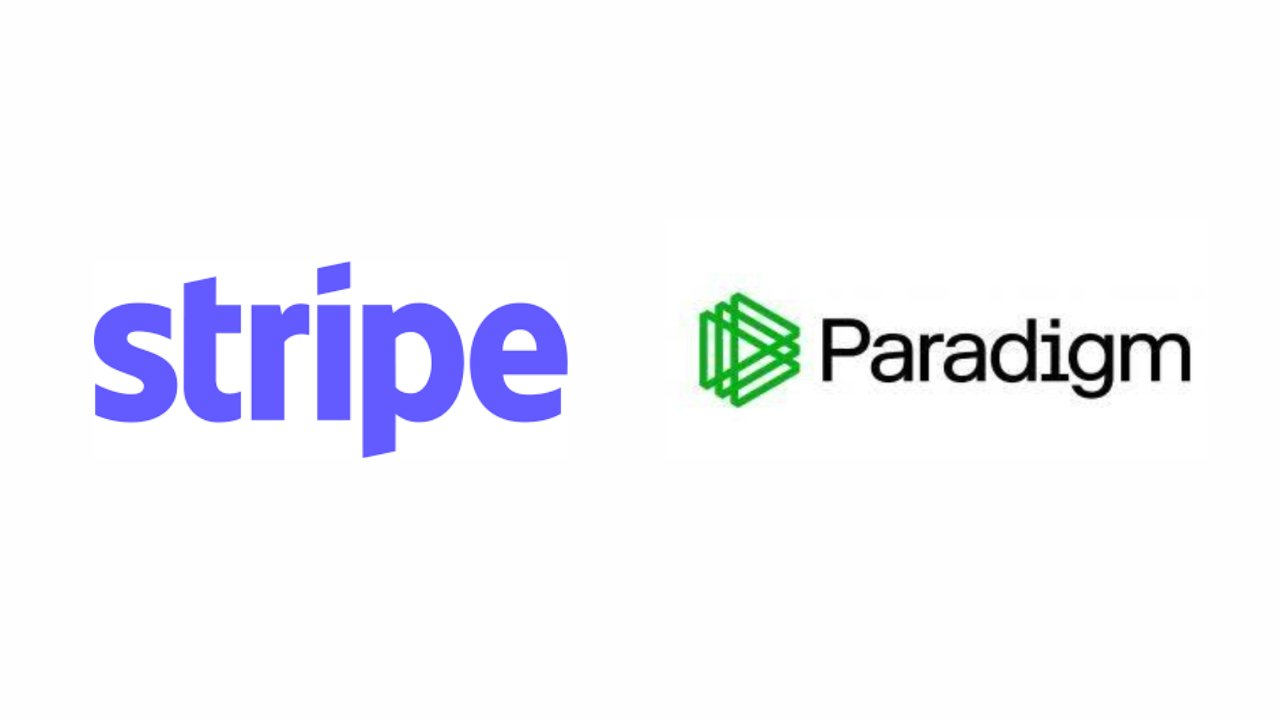
Source: @paradigm
2.2 Doubts About Tempo's Neutrality
Tempo officially claims to maintain neutrality, allowing anyone to issue and use stablecoins on-chain. However, some believe this statement has logical issues. First, Tempo is not a completely open public chain at the startup stage; it is operated by a group of permissioned validators. This contradicts its promotion of "anyone can freely participate." Meanwhile, while Tempo allows users to pay or transfer using different stablecoins, the underlying operational power remains in the hands of a few large institutions. If high-risk entities attempt to issue stablecoins on Tempo in the future, it would be nearly impossible for validators, such as those from licensed institutions like Visa, to handle these transactions, making neutrality a moot point.
Another point of contention is that skeptics argue that historically, there has been almost no network that transitioned from "permissioned to decentralized" to truly become an open system. When enterprises hold operational power at the startup stage, it means they also control the distribution of profits. From a business logic perspective, institutions like Visa have no reason to voluntarily relinquish this power and interest, especially to potential future competitors. For this reason, Tempo's "neutrality" is more of a market narrative than a realistic possibility. In contrast, all major financial infrastructures in the past, from Visa to clearinghouses, have tended to move towards more centralized control. If Tempo is to break this historical pattern, it must face significant resistance.
2.3 Tempo is More Like an Alliance Chain
At the same time, from a structural design perspective, Tempo is questioned to be closer to an alliance chain. Currently, its validator access is not open to everyone but is led by partners. This architecture ensures stability but also means that governance power is concentrated in the hands of a few institutions, making it difficult to reflect the decentralization and permissionless attributes emphasized by the crypto industry. It can be understood that Tempo has embedded an alliance-style logic from the outset, aligning more with the model of forming clearing networks among enterprises rather than a traditional open blockchain.
Tempo's value lies more in providing these institutions with a compliant and controllable testing ground rather than surpassing existing public chains on a technical level, but this also limits Tempo's openness and neutrality. Even though it maintains EVM compatibility and has technical ties to the Ethereum ecosystem, from an overall logical perspective, it resembles an alliance chain led by institutional alliances rather than a truly public infrastructure.
- Strategic Significance of Tempo
3.1 Stripe's Crypto Layout
The birth of Tempo is not an isolated event but a natural extension of Stripe's years of layout in the crypto field. From early cautious exploration to betting on stablecoins, and now to personally creating a payment-focused public chain, Stripe's strategic trajectory has gradually become clear, with key nodes in its crypto layout as follows:
January 2018: Announced the cessation of support for Bitcoin payments, citing slow transaction speeds and insufficient user interest, ending a four-year attempt in crypto.
October 2024: Restarted crypto payments in the U.S., supporting merchants to accept USDC and USDP stablecoins, with instant settlement in USD at rates lower than credit cards.
February 2025: Acquired stablecoin infrastructure company Bridge for approximately $1.1 billion, emphasizing that stablecoins will become a core driver of cross-border commerce.
May 2025: Launched stablecoin financial accounts, covering 101 countries, supporting stablecoin deposits and withdrawals, and cross-chain payments, in collaboration with Visa to launch a stablecoin consumption card.
June 2025: Announced the acquisition of Web3 wallet infrastructure company Privy, further enhancing the crypto wallet and user account system.
September 2025: Tempo officially launched, positioned as a payment-focused Layer 1.
3.2 Prospects of Tempo
The launch of Tempo is not only a continuation of Stripe's layout in the crypto space but also a leap in its strategic focus. Unlike previous functional attempts, Tempo directly addresses the infrastructure layer, aiming to reshape the underlying logic of cross-border payments and settlements. It carries Stripe's ambition to bring hundreds of millions of merchants and users into on-chain payments and leverages enterprise-level resources to push blockchain into the mainstream. From a macro perspective, the launch of Tempo comes at a relatively favorable time. On one hand, the penetration of stablecoins in cross-border payments, storage, and settlements is continuously increasing; on the other hand, the compliance framework for stablecoins is gradually becoming clearer. Against this backdrop, Stripe's global merchant network provides Tempo with a natural transaction scenario, and with the participation of partners like Visa, Shopify, Deutsche Bank, and OpenAI, Tempo can build a "closed-loop testing ground" covering acquiring, clearing, and applications.
However, the long-term prospects of Tempo still face significant uncertainty. Meta's Libra has already shown that enterprise-led chains often struggle to balance decentralization and market consensus under compliance pressure. In contrast, Tempo's design is more aligned with the current regulatory environment, but its alliance governance structure also means that power is highly concentrated, making it difficult to completely break free from path dependence. If it cannot gradually introduce a more open participation mechanism in the future, Tempo may be seen as an extension of Stripe's business landscape rather than a truly public infrastructure. Overall, the future of Tempo depends not only on the balance between efficiency and openness but also on whether it can gain institutional trust within a compliance framework and gradually accumulate cross-network consensus effects. If these conditions can be gradually met, Tempo may have the opportunity to break through the limitations of commercial experimentation and develop towards a public infrastructure, with its long-term value gradually emerging in this process.
免责声明:本文章仅代表作者个人观点,不代表本平台的立场和观点。本文章仅供信息分享,不构成对任何人的任何投资建议。用户与作者之间的任何争议,与本平台无关。如网页中刊载的文章或图片涉及侵权,请提供相关的权利证明和身份证明发送邮件到support@aicoin.com,本平台相关工作人员将会进行核查。
